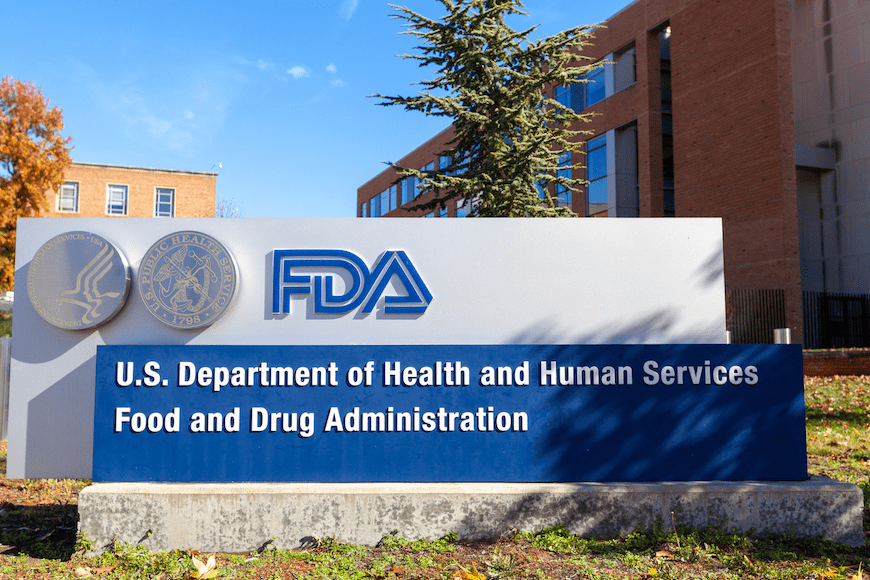Columbia University researchers report that they’ve uncovered evidence that suggests celebrity suicides might be catching.
This research project – launched in the wake of waves of suicidal behaviors after the deaths of Robin Williams in 2014 and Kate Spade and Anthony Bourdain in 2018 – appeared this week in the journal Science Advance.
Methodology
The university research team drafted a computer model that they say quantifies the dynamics of suicide contagion, and that it provides critical insights that might help understand, prevent, and manage future “outbreaks.”
“The model we developed shows how suicide contagion, including both suicidal ideation and deaths, spreads quickly following the suicide deaths of celebrities whose lives and work are known and likely meaningful to large portions of the population,” Jeffrey Shaman, PhD, co-author and Columbia professor of environmental health sciences, explained.
Shaman, who’s worked on similar computer models of real contagions – such as influenza and SARS-CoV-2 – added that this contagion model mirrors other infectious system models.
Several factors contribute to suicidal thoughts and ideation, and earlier research has hinted at the role of social or contagious processes. For example, proximity to or familiarity with someone who’s considered, attempted, or committed suicide can trigger a similar response.
According to the U.S. Centers for Disease Control & Prevention (CDC), suicide rates grew 37 percent from 2000-2018, dipped 5 percent between 2018-2020, and jumped back up to its 2021 peak.
A Clear Connection
The Columbia model culled data from a pair of primary data sources:
- Weekly calls to the National Suicide Prevention Lifeline. Researchers used this data to gauge suicidal ideation.
- Mortality data from the National Vital Statistics System managed by the National Center for Health Statistics.
After Williams’ 2014 suicide, the Columbia model estimated a sizable jump in suicide contagion rates, which included a thousand-fold increase in the likelihood of people who considered ending their lives after the news broke. A spike in calls to the 988 Lifeline reflected this surge.
Similarly, the 2018 suicides of Kate Spade and Anthony Bourdain resulted in another bump in suicide contagion rates, though to a much lesser extent.
The study’s authors theorize that differences in media attention and the public’s connection to the deceased could explain the different contagion levels.
Notably, in each celebrity suicide case, the higher contagion rates tapered off after two weeks or so.
Looking Ahead
Finally, the researchers argue that future research – using this model – might eventually be able to provide real-time estimates of suicide contagion and risk. But they also pointed out that additional research must develop models that account for responses within specific communities and the influence of media and public health outreach.
“Ultimately, our aim is to work toward a point where a suicide contagion model can inform a rapid response geared at preventing suicide,” co-author and professor of epidemiology Katherine Keyes, PhD, concluded.
Further Reading
Preteen Suicide Rates Show Alarming Increase
Despair is Killing More Middle-Aged Black and Native Americans



